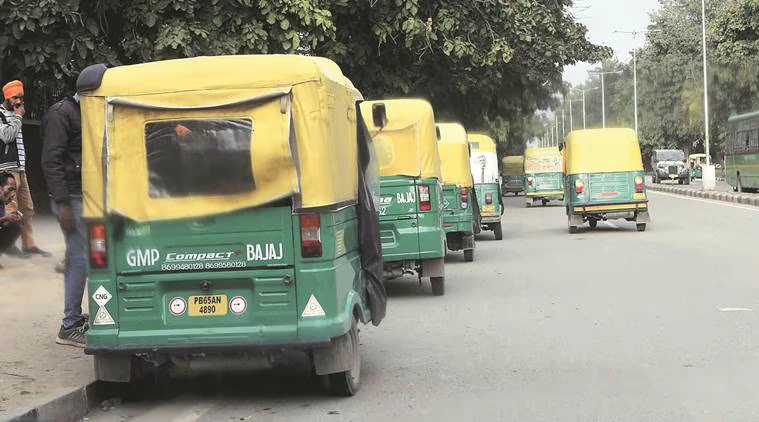Chandigarh, July 8 — Commuters in the city will now have to pay more for cab, auto-rickshaw, and bike taxi rides as the Chandigarh administration on Monday notified a revised fare structure — the first such update in three years. The overhaul introduces a flat-rate system for the first three kilometers of travel, replacing the earlier per-kilometer billing model.
This means passengers will be charged for a minimum of 3 kilometers, even if their journey is shorter. The updated fare policy also unifies charges for air-conditioned and non-air-conditioned cabs.
While some in the transport sector welcomed the change, others remained skeptical of its practical benefits.
“The revised fares might not help operators much because of intense competition. In some cases, we may not even recover our operational costs,” said Ramesh Ahuja, president of the taxi union.
In contrast, the Tricity Cab Association lauded the administration’s decision and called for strict enforcement. “The revised fares will bring transparency and benefit both drivers and passengers. But the policy must not remain a formality — enforcement on ground is crucial,” said Vikram Singh, the association’s president.
Singh added that ride aggregator platforms often flout such guidelines, and urged the State Transport Authority (STA) to ensure strict compliance this time. “We appreciate the administration for finally addressing this long-pending demand,” he said.
Last month, the UT administration also introduced the Chandigarh Administration Motor Vehicle Aggregator Rules, 2025, aimed at regulating digital taxi services. The new rules permit dynamic pricing — allowing fares to fall up to 50% below the base fare or rise by up to 1.5 times during peak hours.
Further, under a new revenue-sharing model, drivers are to receive at least 80% of the total fare collected, while aggregators can retain up to 20%. All applicable taxes, including GST, are to be borne by the aggregator, not the driver.
As the updated fare structure takes effect, attention now turns to the administration’s ability to enforce the new rules — especially among ride aggregators, where non-compliance has been a recurring concern.

